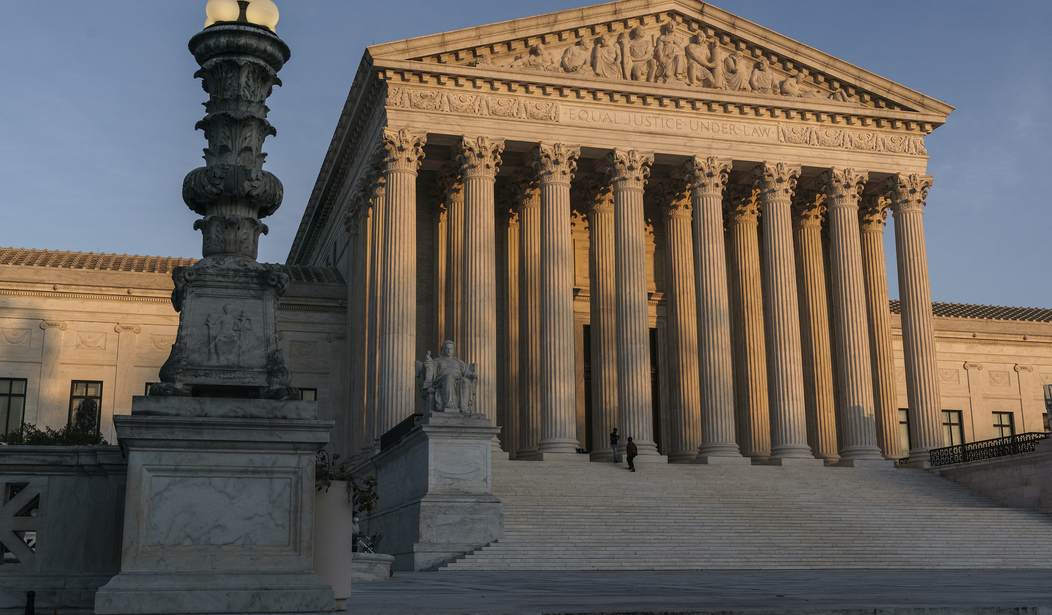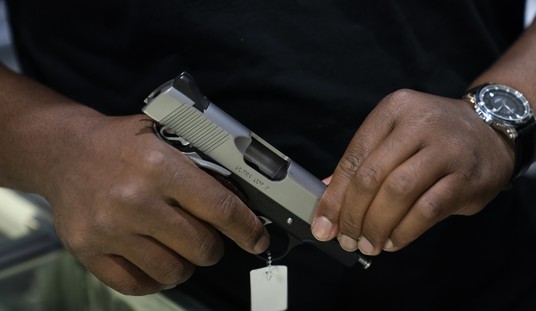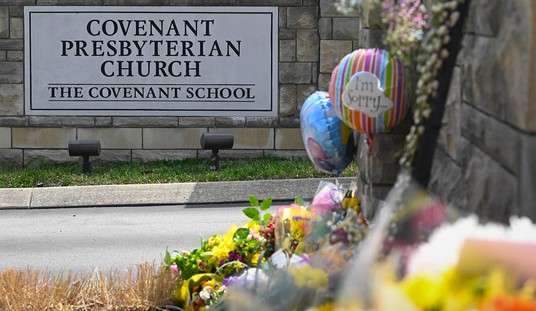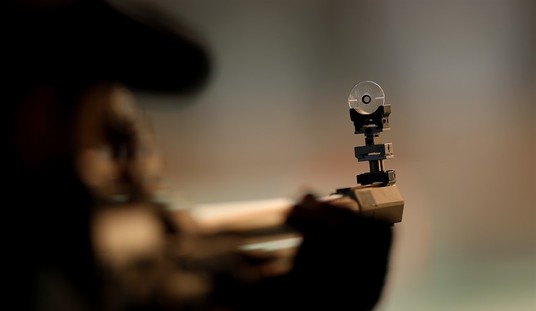Later this year the Supreme Court will hear oral arguments in a case called New York State Rifle & Pistol Association v. Corlett, which takes on the state of New York’s “may issue” licensing laws that require applicants demonstrate a justifiable need to carry a firearm before they’re granted permission to exercise their fundamental right to bear arms in self-defense; in this case, by carrying a concealed firearm.
Now a coalition of 21 Republican Attorneys General have teamed up to urge the Supreme Court to accept another case dealing with the right to bear arms in public; Young v. Hawaii. The Ninth Circuit Court of Appeals recently issued its own opinion in the Young case, declaring in essence that the state of Hawaii’s ban on open carry without a license doesn’t violate the Second Amendment, even though the Ninth Circuit has previously ruled that the Second Amendment doesn’t protect the right to carry a concealed firearm. The two decisions, taken together, means that the Ninth Circuit has declared that the Second Amendment doesn’t actually protect the right to bear arms, and the Republican AGs, led by Louisiana Attorney General Jeff Landry, declare that the decision in Young is so egregiously unconstitutional that the Court cannot afford to remain silent.
The plain text of the Second Amendment protects the right to bear arms, not just to keep them. Yet Hawaii’s firearm carrying regulatory regime functions as an outright ban on the right to carry guns outside the home for most people. It therefore violates the Second Amendment. The Ninth Circuit, however, upheld Hawaii’s law against George Young’s Second Amendment challenge to it. In doing so, the court’s en banc opinion revealed acute misunderstandings about the right to bear arms.
First, the Second Amendment protects the People’s right of self-defense. Second, this right extends outside of the home. Because both premises flow naturally from the text of the Second Amendment, this Court should grant certiorari to review the Ninth Circuit’s erroneous ruling and ensure the sanctity of the Second Amendment. But the Ninth Circuit’s opinion wasn’t just wrong—it deepened a growing circuit split on an important constitutional issue. The First, Seventh, and D.C. circuits have all held that the Second Amendment extends outside the home. The Second, Third, and Fourth circuits, meanwhile, have reached conclusions inconsistent with that principle even if they have not—as the Ninth Circuit did—expressly rejected it. This Court should grant certiorari to resolve this major circuit split.
Finally, on the merits, it is abundantly clear that Hawaii’s ban on carrying firearms outside the home fails under any level of scrutiny. The basic problem is that it effectively prohibits carrying a firearm outside the home without sufficient justification. And the problem is only highlighted in light of the text, history, and tradition of the Second Amendment. The law is therefore unconstitutional both inside and outside the usual “tiers of scrutiny” framework.
The AGs acknowledge that SCOTUS has already accepted one carry case, but they argue that the laws being challenged in Young v. Hawaii go even further than New York’s draconian statutes.
… the Hawaii restrictions at issue here are no mere restriction, but rather a de facto ban on all carry—both concealed and open. The New York statute at issue in Corlett specifically limited the ability to carry concealed weapons. The Corlett petitioners were denied concealed-carry permits, but the defendants in that case may argue that the petitioners should have sought open-carry permits instead, shifting the focus of the case.
In Hawaii, by contrast, the existing regime essentially bans all exercise of the right to bear arms outside the home, as the Ninth Circuit has already expressly held that the Second Amendment provides no protection for concealed carrying of weapons. Thus, Hawaii’s regime is more restrictive than New York’s. If the petitioners succeed in Corlett, then Young in this case a fortiori merits relief. But even if the statute in Corlett is upheld, or if this Court sees fit to resolve the case on some other ground, Young’s claim remains live, and this Court should consider his challenge to resolve a serious circuit split on the scope of the Second Amendment with respect to the open carry of weapons.
I would love to see the Supreme Court accept the Young case, not only because it strikes directly at the restrictive policies that prevent the average citizen from exercising their Second Amendment rights, but because the Ninth Circuit’s decision was so appallingly awful that justices really shouldn’t let it go unanswered. With SCOTUS on recess until the fall, however, it will be several months before the justices have the opportunity to grant cert. The first conference of the fall term is scheduled for September 27th, and it’s likely that Young will be among the cases that justices consider, though if NYSPRA v. Corlett is any indication, it may take the Court several conferences to ultimately decide what it plans on doing with the challenge to Hawaii’s absurd carry laws.









